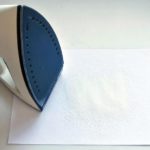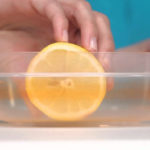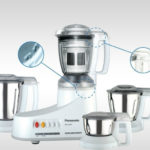The key to a delicious boiled offal dish starts with choosing the right ingredients. Avoid thin, yellowish sections as they tend to be tough and bitter. Opt for thicker, firmer pieces, preferably from the start of the offal, as these parts are crisper and more tender. Look for offal that is plump and has a milky white liquid inside.
Tips for Boiling Delicious Offal
When boiling offal, avoid dropping it into cold water and then bringing it to a boil, as this can make the offal tough. Instead, wait for the water to reach a rolling boil before adding the offal.
Be careful not to overboil, as this can also lead to toughness and bitterness. Once you’ve added the offal to the boiling water, quickly remove it when it’s just cooked to ensure crispness. Allow the offal to cool down naturally after removing it from the pot. Then, place it in a bowl of cold water with some ice cubes and a squeeze of lemon to enhance its crispness and whiteness. If you let it cool on a plate, it will not only become tough but also turn an unappetizing dark color and dry out.
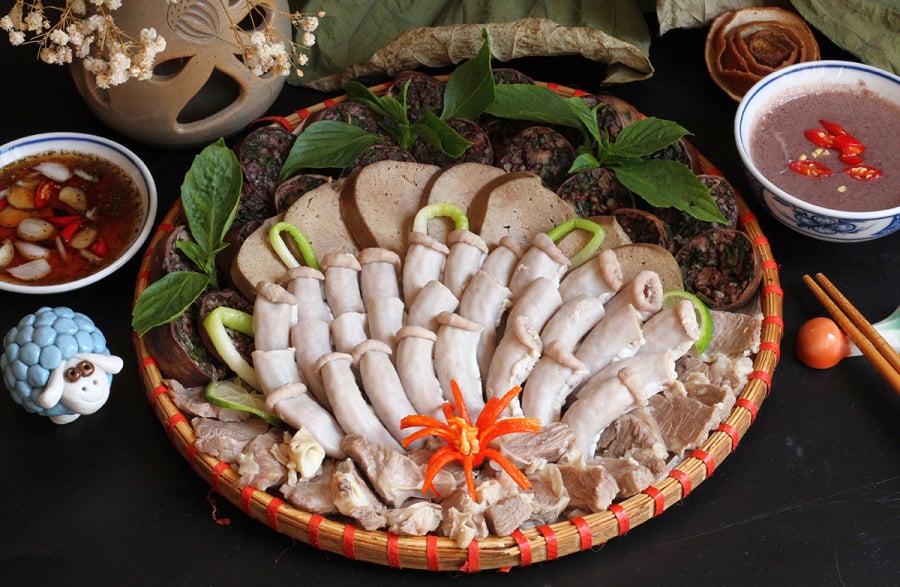
Delicious Boiled Offal
Effective Offal Cleaning and Odor Removal
For regular offal, there’s no need to rub it with salt, ginger, lemon, or alcohol to clean it thoroughly. Simply turn it inside out, remove the fat, and use a mixture of flour and a pinch of salt to scrub it well. Then, rinse it under running water. Afterward, use a lemon to scrub the offal to remove any remaining impurities, and finally, give it a good rinse again. This method ensures the offal is clean and maintains its freshness.
For tender offal, simply rinse it under running water to remove the inner liquid, or gently squeeze it out, and then wash it. Afterward, use fresh lemon or vinegar to eliminate any unpleasant odors.
The crucial step to achieving delicious offal is to add it to boiling water. Doing so ensures the offal is cooked just right and has a delightful crisp texture.
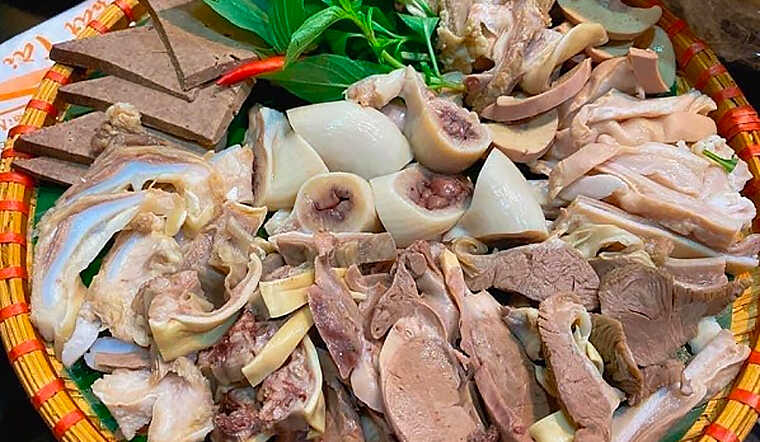
Boiling Offal
Let the offal boil for 2-3 minutes, and when it turns pink, remove it from the pot and soak it in a bowl of cold water with a few drops of lemon juice. This process ensures the offal is crisp and maintains a beautiful white color, preventing it from turning dark. Typically, the total cooking time, from adding the offal to the boiling water to removing it, should be around 7-10 minutes.
For tender offal, simply boil it for a few minutes after the water has come to a rolling boil. Then, remove it from the heat and place it in a bowl of cold water with some sour phen crystals and ice cubes to cool. Once cooled, remove it from the water and cut it into bite-sized pieces.
Note: When boiling offal, avoid overcooking it, as this can make it tough and less tasty.

























